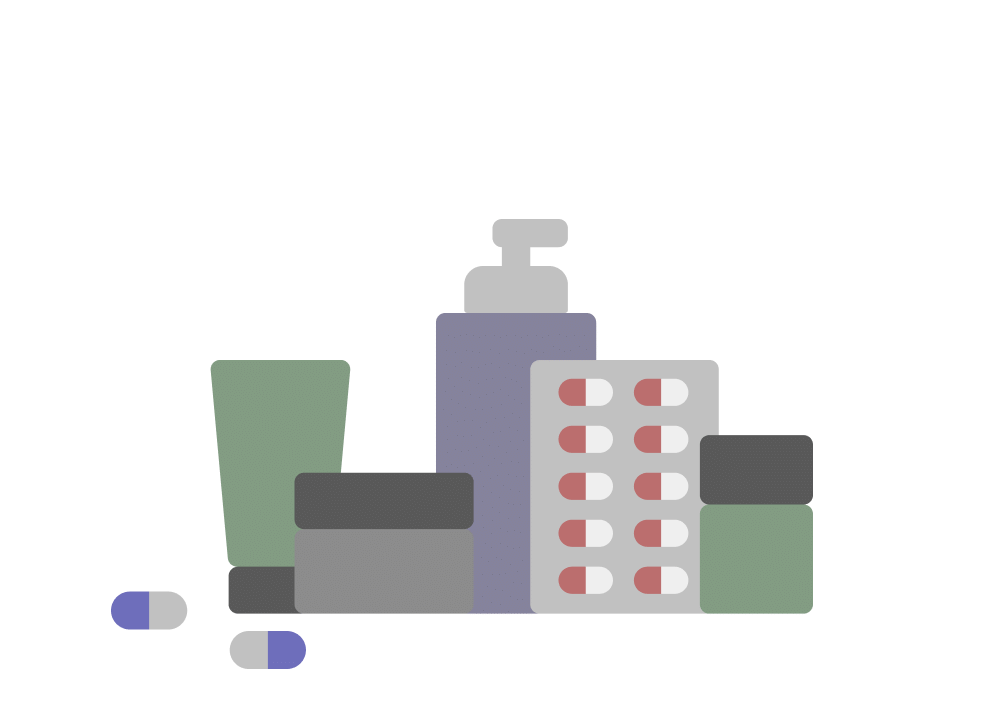
Jasloc-P Suspension
Manufacturer
Jasco Labs Pvt Ltd
Salt Composition
Aceclofenac (50mg/5ml) + Paracetamol (125mg/5ml)
Key Information
Short Description
Jasloc-P Suspension helps lower body temperature (fever) and reduce pain and inflammation (redness and swelling) both in infants and children.
Dosage Form
Suspension
Introduction
Jasloc-P Suspension is a suspension that helps lower body temperature (fever) and reduce pain and inflammation (redness and swelling) both in infants and children. It is used to treat fever, pain, and inflammation in children.
Directions for Use
Give this medicine after food to avoid abdominal discomfort in your child. Maintain a log of your child’s temperature. If you do not see any improvement, contact your child’s doctor for advice. Keep a track of the dose and the frequency in which you have given this medicine to your child. This will help prevent overdosing.
Safety Information
Side Effects
No common side effects listed.
How it works
Jasloc-P Suspension comprises two active ingredients: Aceclofenac and Paracetamol. These medicines work by blocking the action of chemical messengers responsible for pain, fever, and inflammation (redness and swelling).
Quick Tips
Give this medicine after food to avoid abdominal discomfort in your child. Maintain a log of your child’s temperature. If you do not see any improvement, contact your child’s doctor for advice. Keep a track of the dose and the frequency in which you have given this medicine to your child. This will help prevent overdosing. Stop the medicine and consult your child’s doctor in case your child exhibits allergic rash or stomach pain soon after taking this medicine. Practice self-care tips like: giving plenty of fluids to your child to ensure proper body hydration (water-levels), giving your child a balanced diet, encouraging your child to have optimum sleep since sick children get tired soon and getting plenty of rest helps them recover faster.
Related Medicines
Frequently asked questions
Can I increase or decrease the dose of Jasloc-P Suspension for my child based on the severity of the illness?
No, it is not recommended to alter the dose of the medicine without consulting a doctor. While increasing the dose without proper judgment may lead to toxicity, decreasing it may cause recurrence of symptoms. For best results, speak to your child’s doctor if you feel a change in dose may be needed.
How much Jasloc-P Suspension should I give to my child?
Your doctor will prescribe the dose based on your child's condition and body weight. Stick to the prescribed dosing schedule as that is the best way to ensure the safe and complete recovery of your child.
How should Jasloc-P Suspension be stored?
Jasloc-P Suspension should be stored at room temperature in a dry place, away from direct heat and light. Also, keep all medicines out of the reach and sight of children to avoid any accidental intake.
Can all children be given the same dose of Jasloc-P Suspension?
No. Jasloc-P Suspension cannot be given to everyone in the same dose. The doctor decides the appropriate dose of Jasloc-P Suspension based on the child's age and body weight. The dose will even change for your child when he/she becomes older. Since the dose changes so unpredictably, you must never give any dose of this medicine to anyone without consulting a doctor. Follow your doctor’s instructions carefully to get the most benefit.
When will my child feel better?
You may be required to give Jasloc-P Suspension to your child for a few days to weeks, depending on the severity of the infection. Keep giving this medicine to your child in the dose and frequency advised by the doctor and you’ll notice that the pain or fever will reduce and your child will start feeling better. However, if your child continues to feel unwell even after completion of the full prescribed course of the medicine, consult your child's doctor as soon as possible.
Are there any serious side effects of this medicine for my child?
Although Jasloc-P Suspension is well-tolerated by children, if you notice your child experiencing any intolerable episodes like persistent vomiting, body swelling, decreased urine frequency, or a severe allergic reaction, rush to your doctor immediately.
Are there any specific contraindications associated with the use of Jasloc-P Suspension?
The use of Jasloc-P Suspension is considered harmful for patients with known allergies to any of the components or excipients of this medicine or in patients with known allergy to other painkillers (NSAIDs). It should preferably be avoided in patients with a history of stomach ulcers or in patients with active, recurrent stomach ulcer/bleeding. It should also be avoided in patients with a history of heart failure, high blood pressure, and liver or kidney disease.


